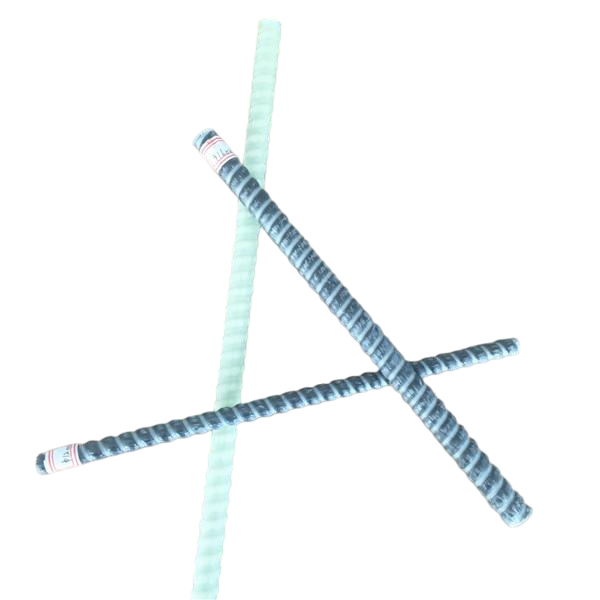Comprehensive analysis of glass fiber reinforced polymer (GFRP) bars
1、 Definition and Composition
Glass fiber reinforced polymer (GFRP) reinforcement is a new type of material composed of high-performance glass fibers and resin matrix, abbreviated as GFRP reinforcement. Its core components include:
Reinforcement material: E-Class or S-Class untwisted roving made of alkali free glass fiber with an alkali content of less than 1%.
Matrix materials: epoxy resin, vinyl resin, etc., formed by extrusion winding process with curing agent.
Appearance features: Full threaded rod body, uniform surface without cracks, neat thread shape, in compliance with standards such as "Glass Fiber Reinforced Bars for Civil Engineering" (JG/T 406-2013).
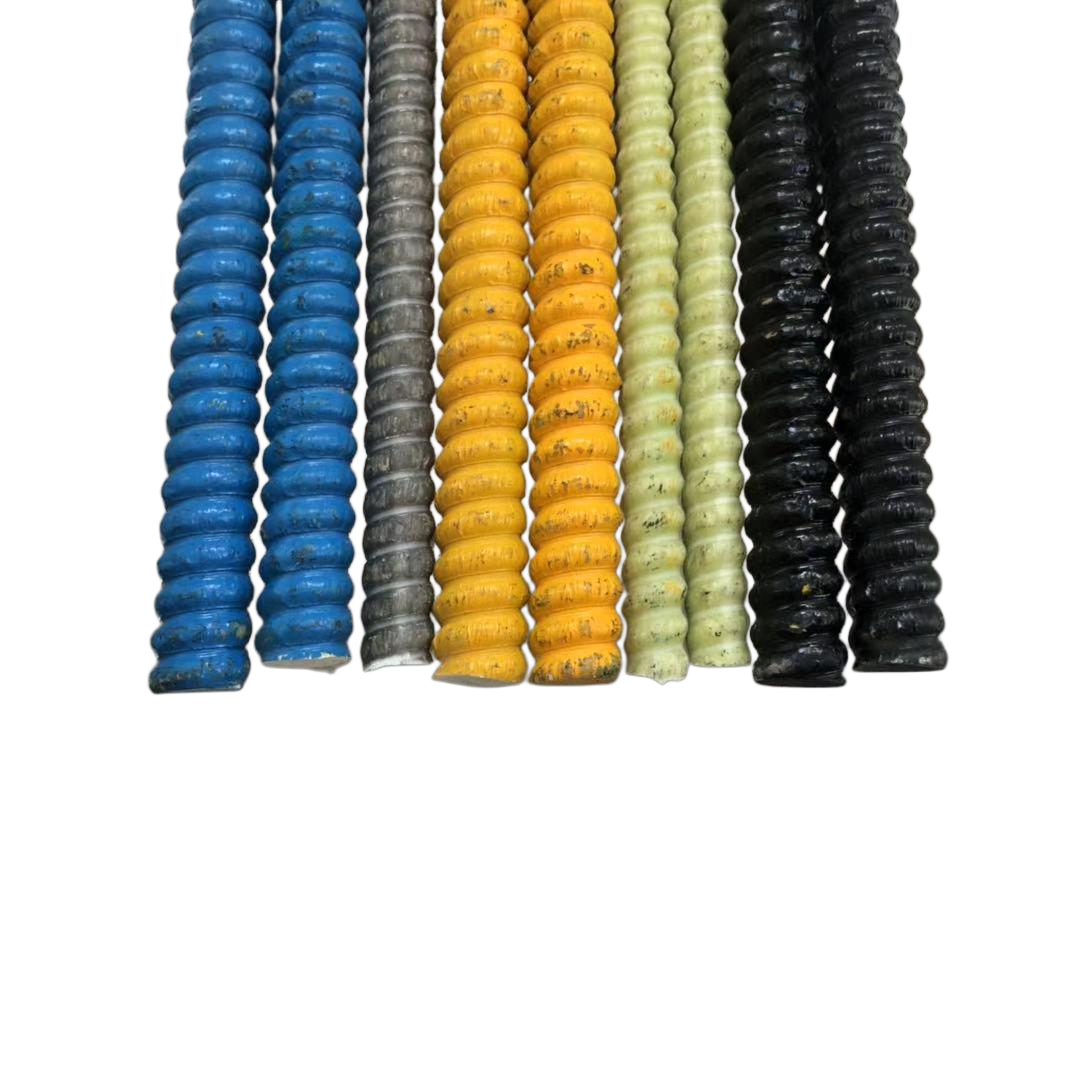
2、 Core performance advantages
Lightweight and high-strength
The density is only 1/4 of steel bars (1.5~1.9g/cm ⊃3;), but the tensile strength is better than ordinary steel bars, 20% higher than steel bars of the same specification, and the fatigue resistance is excellent.
Corrosion resistance
Resistant to acid and alkali, chloride ions, and low pH solution erosion, especially suitable for corrosive environments such as marine, chemical, and sewage treatment, with a design life of up to 100 years.
Electromagnetic insulation
Non magnetic material with strong magnetic wave permeability, suitable for scenarios such as nuclear magnetic resonance rooms, electrical isolation walls, data centers, etc. that require avoidance of electromagnetic interference.
Thermodynamic performance
The coefficient of thermal expansion is close to that of concrete, and the bonding strength is strong; Dimensional stability under thermal stress, non thermal conductivity, flame retardant and anti-static.
Designability
By adjusting the glass fiber content, resin formula, and molding process, various shapes such as straight bars, spiral stirrups, and truss bars can be customized to meet the requirements of complex structural design.
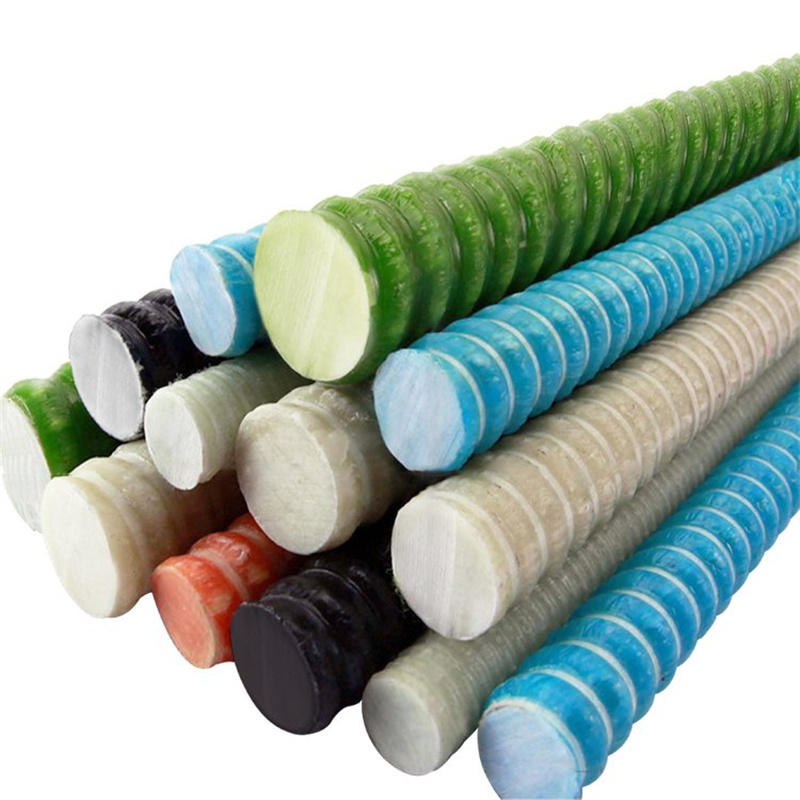
3、 Application Fields
Geotechnical Engineering
Replace traditional steel anchor rods for tunnel, slope, and subway reinforcement, solve the problem of corrosion of steel anchor rods, and reduce construction risks (such as mud and water surges).
concrete structure
Continuous reinforced pavement: overcomes the drawbacks of steel corrosion and maintains high bearing capacity and durability of the pavement.
Bridge engineering: used for new construction, reinforcement, and maintenance, to withstand tension/pressure, and to extend the service life of structures.
Special Scene
Dock/Coastal Defense Engineering: Resist seawater corrosion and reduce maintenance costs.
Nuclear magnetic resonance room: Non magnetic materials to avoid equipment interference.
Electrical isolation wall: prevents electromagnetic interference and ensures equipment safety.
underground engineering
Subway shield tunneling: The fiberglass reinforcement cage can be directly cut by the shield tunneling machine, avoiding manual breaking of continuous walls and shortening the construction period by more than 30%.
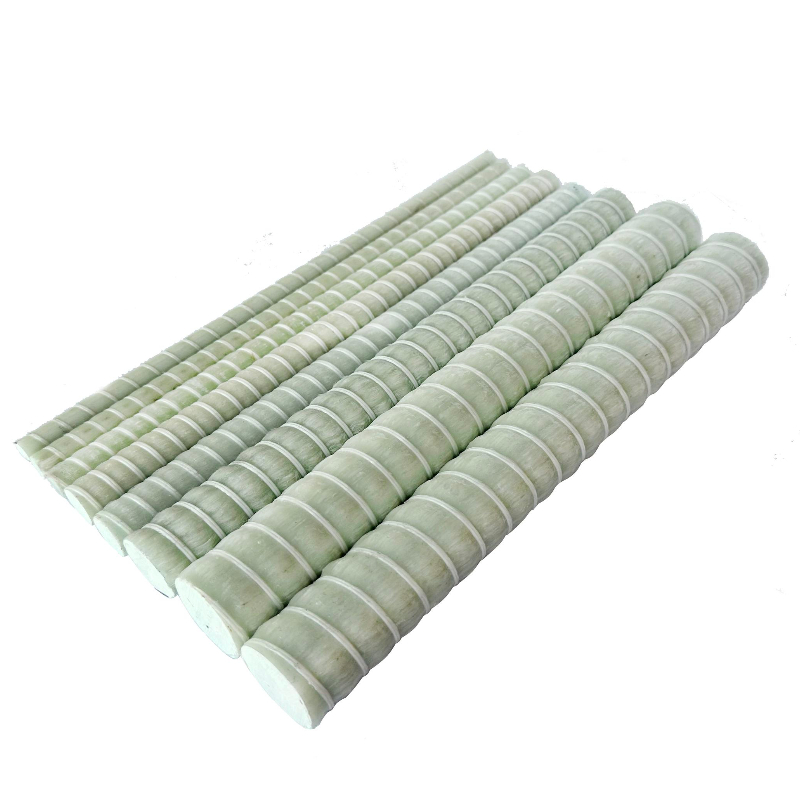
4、 Market Status and Trends
Market size: Global GFRP tendon sales reached 710 million US dollars in 2021, expected to increase to 1.1 billion US dollars in 2028, with a compound annual growth rate of 6.2%.
Regional distribution: The Asia Pacific region holds a 42% market share (driven by demand from China and India), while North America and Europe each hold 24%.
Downstream sectors: Bridges/ports account for 34% of the market, followed by tunnels, subways, and water conservancy projects.
Driving factors: increased investment in infrastructure construction, promotion of environmental policies, and technological innovation (such as the application of high-strength fibers).
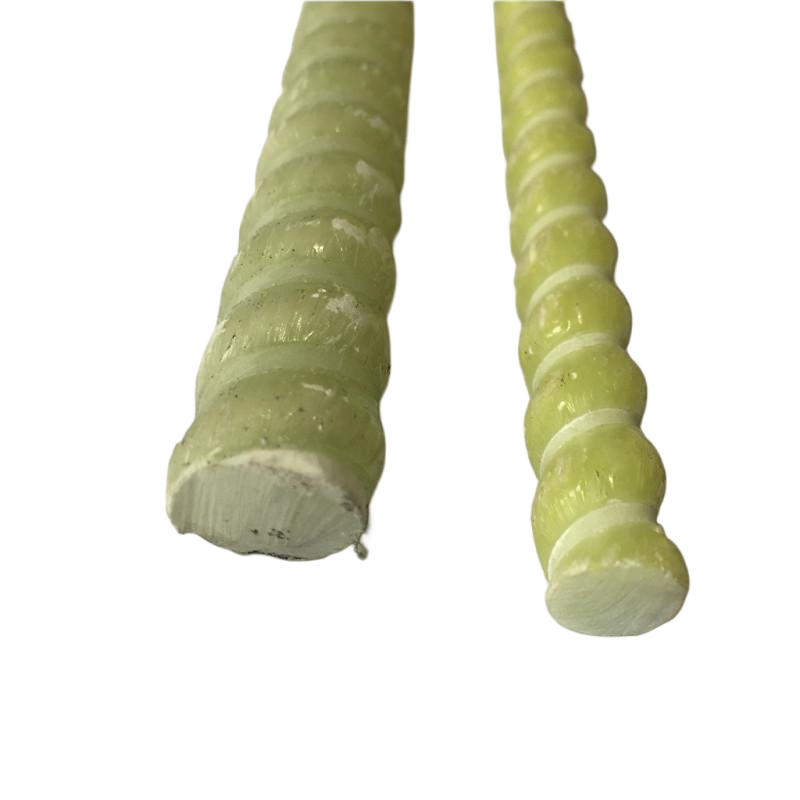
5、 Limitations and Solutions
Brittle materials: During construction, attention should be paid to the lap length, and removable steel trusses may need to be added to ensure stability.
Cost issue: The unit price is slightly higher than that of steel bars, but the overall construction efficiency, maintenance costs, and extended lifespan result in significant cost-effectiveness throughout the entire lifecycle.
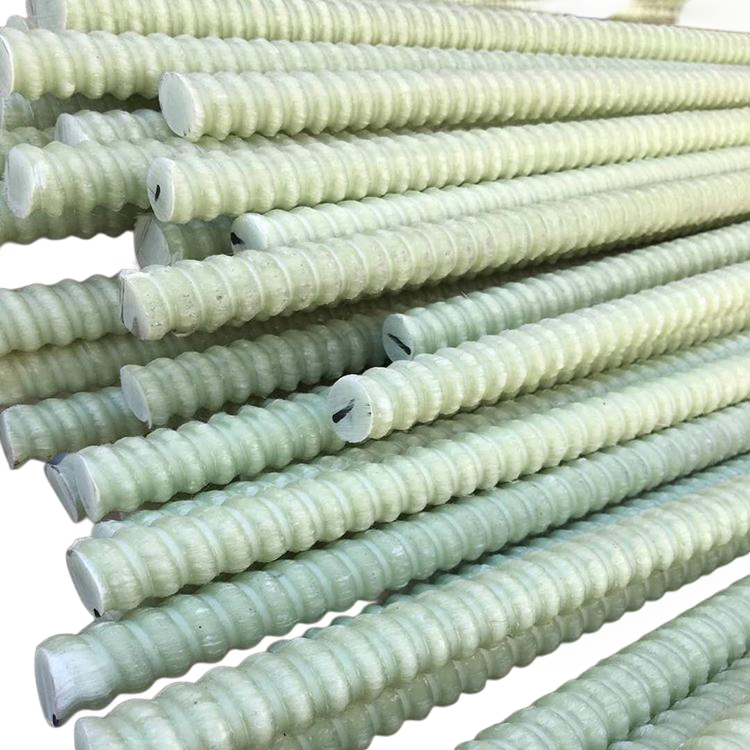
6、 Future prospects
High performance: Developing high modulus and high-temperature resistant formulas, expanding to fields such as ocean engineering and polar construction.
Standardization promotion: Improve industry standards (such as GB/T 30022-2013 Mechanical Test Methods) and enhance market acceptance.
Green building materials positioning: in line with carbon neutrality goals, replacing traditional steel bars, reducing resource consumption and environmental pollution.
Conclusion: Fiberglass reinforced bars are gradually becoming a revolutionary material in the field of civil engineering due to their excellent corrosion resistance, lightweight and high strength, and electromagnetic insulation properties. With technological iteration and market expansion, its application scenarios will continue to expand, providing more efficient and sustainable solutions for global infrastructure construction.




